-
SMX Establishes Molecular Tracking Standard for Recycled Plastics! BASF’s European Plants Fully Certified
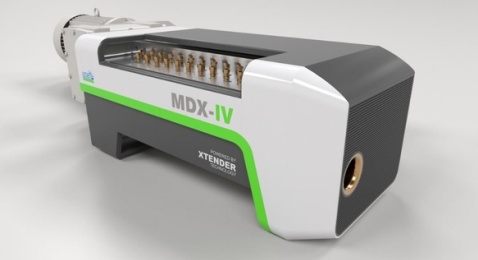
International News Roundup: Raw Material News: Molecular Tracking Empowers Plastic Recycling: SMX and REDWAVE Establish New Recycling Standards Recycling News: ISCC Plus Certified! MOL Group Produces Polyethylene from Waste Plastics Major Enterprise
Plastmatch -
Denacol Epoxy Applications by Nagase Group: Tire Cord Fabric, Electronic Adhesives, and Transdermal Patches
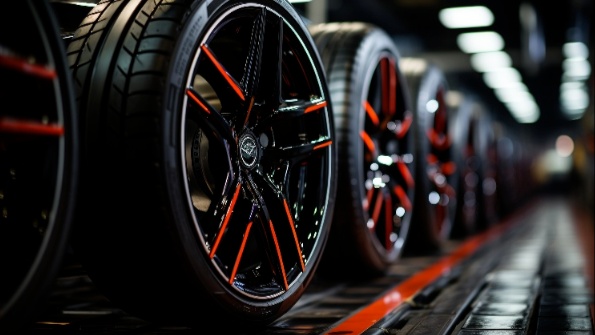
Nagase ChemteX, a factory of Nagase Industries in Japan, produces a wide range of epoxy resins under the brand name DENACOL. The product line includes dozens of grades, each composed of different main chain structures, such as aliphatic and aromatic
DT New Materials -
Xpeng “Backdoor Listing” With Magna! Local Production in Europe Begins, Domestic Supply Chain Going Global May Be Key to Future Success

Specialized Plastic VisionOn September 16, it was observed that XPeng Motors officially commenced localized production in Europe at the Magna Steyr factory in Graz, Austria, with the first batch of G6 and G9 SUV models successfully rolling off the pr
Plastmatch -
Goldhair Technology Stock Soars, Operating Quality Gradually Improves

On September 12, Kingfa Technology's stock performed excellently, closing at 19.14 yuan per share, with a total market capitalization reaching 50.5 billion yuan, surpassing the 50 billion mark in one go. As of the closing price on September 15, at 19
Chemical New Materials -
China's new material output to exceed 10 trillion yuan! nantong wanhua mingyu supports half the industry with these good materials

With the in-depth advancement of new industrialization and the accelerated implementation of the "dual carbon" goals, there is an explosive growth in global demand for new materials that are "high-performing, environmentally friendly, and functionall
Plastmatch -
US Completely Blocks Transshipment! If Southeast Asian Countries Do Not Cooperate, They Will Face US Market Access Restrictions

According to reports, officials from the Office of the United States Trade Representative (USTR) and the Department of the Treasury have communicated the above-mentioned content through diplomatic channels.Pressuring Southeast Asian countries such a
Trade Night Sailing -
Huawei and GAC Toyota Collaborate on Full-Stack Upgrade, RUMORED to Launch HarmonyOS-Powered First Hard-Core SUV

September 16th news,Xiangjie Auto officially announced yesterday that Huawei and BAIC have established a strategic partnership for the Xiangjie brand.Yu Chengdong announced that the cooperation between the two parties has officially upgraded to a str
IT Home -
Li Auto’s Most Affordable All-Electric SUV! Li Auto i6 Set for September 26 Launch: Official Exterior Revealed

According to Fast Technology on September 16th, Li Auto officially announced today that the Li Auto i6 is scheduled to be launched on September 26th. The official refers to it as a new form five-seater SUV, featuring a unique innovative design with a
Kuai Technology -
Are Automaker Marketing Strategies Becoming More "Real and Intense"?

From "driver Wei Jianjun" driving the Haval H9 diesel version to compete in the Dunhuang endurance race, to the "crash test" at the Li Auto press conference, and to the frequent release of hardcore comparison videos with competitors by major car comp
Gasgoo -
World's First New National Standard Sodium-Ion Battery! CATL: New Sodium-Ion Passenger Car Power Battery Is Being Implemented

On September 16, it was reported that CATL stated on an interactive platform that the company released a new sodium-ion battery in April. The new sodium-ion passenger car power battery boasts excellent low-temperature energy retention and safety perf
Kuai Technology -
Gasoline Beast Electrified: Test-Driving the BMW M5 Plug-In Hybrid

As the wave of electrification reshapes the automotive industry with an unstoppable momentum, even the performance icon BMW M embarks on an unprecedented path of innovation. The new BMW M5 plug-in hybrid before me is a vivid testament to this era. It
Cheyun.com -
Molecular Tracking Empowers Plastic Recycling: SMX and REDWAVE Build New Industrial Recovery Standards

On September 16, Zhuansu Shijie reported that global supply chain solutions provider SMX announced the signing of a letter of intent with REDWAVE Technology Center, a subsidiary of BT-Systems, to integrate molecular traceability technology into indus
Plastmatch Global Digest -
Breakthrough in application: Recycled PMMA Sunshade Boards Installed on Vehicles, Reviewing Mitsubishi Chemical's Progress in Recycled Plastics

Specialized VisionObserved on September 15,Mitsubishi Chemical Corporation and Honda Motor Co., Ltd. jointly announced thatThe jointly developed acrylic resin recycling material has been officially applied to new lightweight electric passenger vehicl
Plastmatch -
Joint Venture Brands Doing Poorly in Smart Technology Is a Prejudice
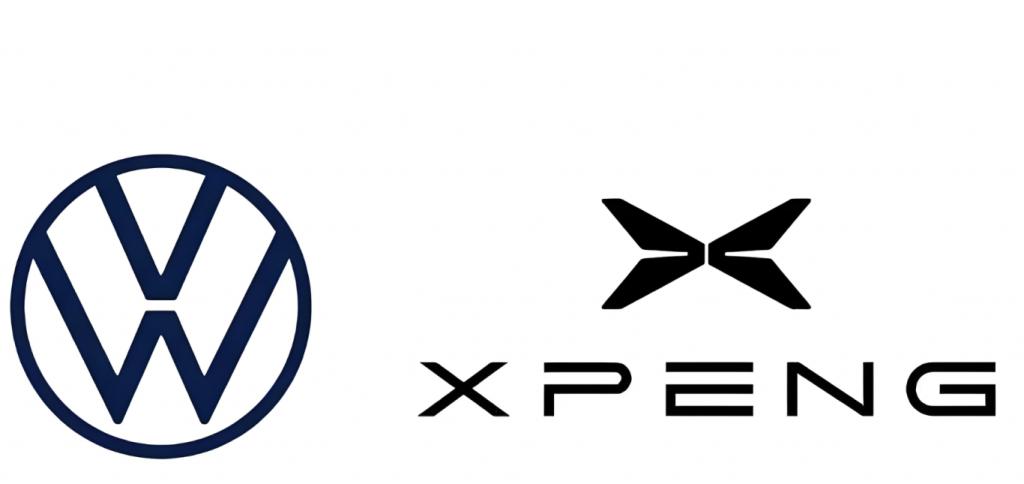
Technological catch-up is only the first step; changing consumer perception requires more time and greater effort. In recent years, the new energy vehicle industry has experienced rapid growth in the Chinese market, with the market share of new energ
Automobile Commune -
UK Requires Chinese Companies to Strengthen Vehicle Anti-Theft Devices: Too Many Thefts Here, Can't Control

On September 16, according to foreign media reports, due to the uncontrollable number of car thefts in the UK, the country has come up with a new solution. The report mentions that in the UK, there are on average 11 car thefts per hour, while car c
Kuai Technology -
Nio moves closer to fourth quarter profitability
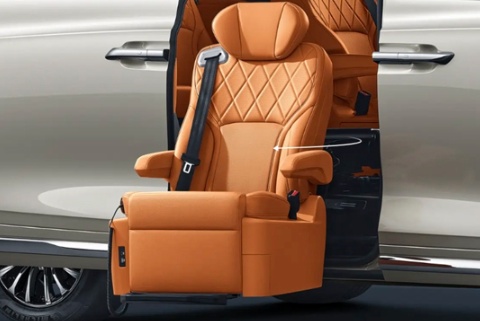
The delivery of the ten-thousand-level administrative flagship ET9 has begun, the first model of the sub-brand Yinghuochong is on the market, and the new model of the main model "5566" is launched... The curtain on NIO's "big year for products" was f
EqualOcean Auto -
Wey Gaoshan Welfare Edition Launched, Priced at 349,800 Yuan

Recently, Car Quality Network has learned from relevant sources that the WEY Alpine Welfare Edition has been officially launched. The new model is available in one variant, priced at 349,800 yuan, and comes with purchase benefits such as Worry-free P
Cheyun.com -
Detail Configuration Adjustments: New Chery Fengyun T8 C-DM Declaration Images

Recently, Chezhinet obtained a set of declaration images of the new Chery Fulwin T8 C-DM from the Ministry of Industry and Information Technology. As a new model, it has optimized and adjusted its exterior and configurations. The pure electric range
Cheyun.com -
Wm's return: Set a Goal to Challenge Selling 1 Million Units in 5 Years

After two and a half years, WM Motor's official WeChat account released a post titled "White Paper to Suppliers" on September 6, bringing the long-silent WM back into the public eye. In the "White Paper to Suppliers," the new shareholder Shenzhen Xia
Gasgoo -
Have Gasoline Cars Made a Comeback?

According to data from the China Association of Automobile Manufacturers, domestic sales of traditional fuel vehicles in August were 902,000 units, a year-on-year increase of 13.5%. This marks the third consecutive month of growth in fuel vehicle m
Gasgoo
Most Popular
-

Chuan Jinheng Auto Safety System Jinzhou Factory Catches Fire
-

List Released! Mexico Announces 50% Tariff On 1,371 China Product Categories
-
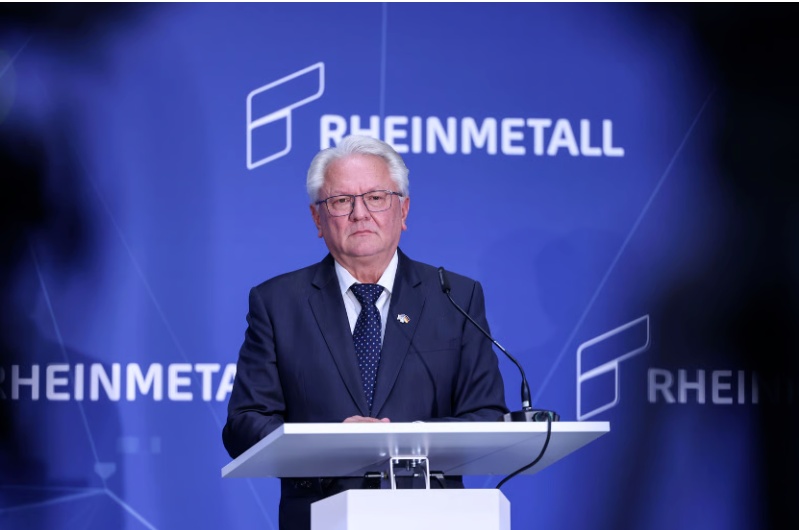
Rheinmetall sells automotive business, in talks with multiple investors
-
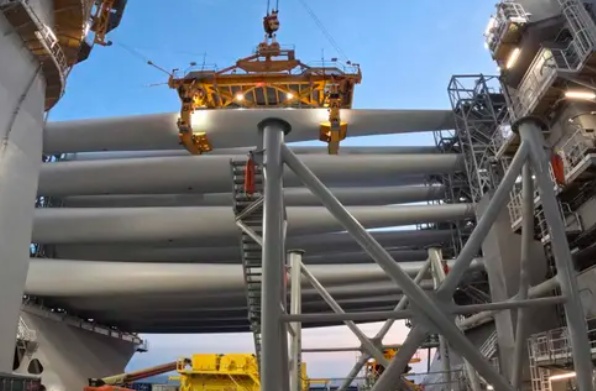
U.S. Proposes 50% Tariff on Indian Goods! Wood Group to Build Turkey's Largest Polypropylene Plant
-
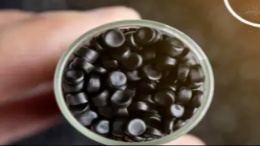
Modern Dispersions To Launch PFS-Free Black Masterbatch at K Show






